Remember spinning those vinyl records in your wood-paneled basement, dancing along to the upbeat melodies that defined our generation? Those catchy tunes from the ’70s still bring smiles to our faces decades later, but many of us were blissfully unaware of the deeper meanings hidden beneath those infectious hooks. As we groove down memory lane together, let’s uncover the surprising stories and sometimes melancholy messages that our favorite chart-toppers were actually conveying.
1. “Dancing Queen” by ABBA (1976)

ABBA’s disco anthem had us all feeling like royalty on the dance floor, but songwriter Björn Ulvaeus later revealed it was tinged with bittersweet reflection. The song captures that fleeting moment of youthful freedom, specifically written about a 17-year-old girl experiencing perhaps the height of her carefree existence before adult responsibilities take hold. Those glittering disco lights weren’t just illuminating celebration but highlighting a poignant reminder of youth’s temporary nature. This perfect visual and audio presentation has driven The Guardian to go as far as calling “Dancing Queen” the best pop song ever.
The Swedish supergroup crafted what seemed like the ultimate celebration song, but it was actually a meditation on the ephemeral quality of our most vibrant years. Beneath lyrics like “You are the dancing queen, young and sweet, only seventeen,” lies a nostalgic acknowledgment that these perfect moments don’t last forever. ABBA was essentially telling us to cherish these peak experiences while gently warning that the dance eventually ends for everyone.
2. “Hotel California” by Eagles (1976)
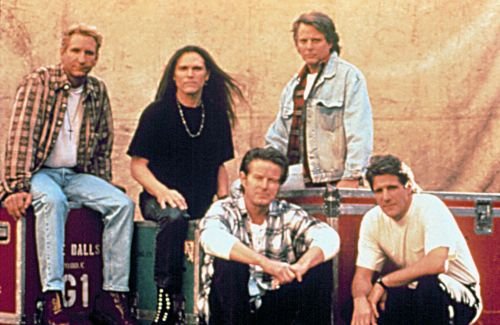
The Eagles’ masterpiece with its infectious guitar solos had millions singing along to what seemed like a tale of luxury gone wrong at a mysterious hotel. Don Henley later explained it was actually a metaphor for the excessive materialism and self-destruction they witnessed in the American music industry during the mid-70s. The “Hotel California” represented the high-flying Los Angeles music scene where artists found themselves trapped by fame, wealth, and substance dependencies. Fans can rejoice as ABC News has thrown the doors open to “Hotel California” and revealed five secrets that add even more depth to this groundbreaking, surprisingly emotional masterpiece.
Those haunting lyrics “You can check out any time you like, but you can never leave” weren’t about a supernatural hotel but the golden handcuffs of success. Band members watched colleagues achieve everything they thought they wanted only to discover they’d lost themselves in the process. This chart-topper masked its criticism of the American dream inside a catchy melody that paradoxically made the Eagles even bigger stars in the very industry they were critiquing.
3. “You’re So Vain” by Carly Simon (1972)
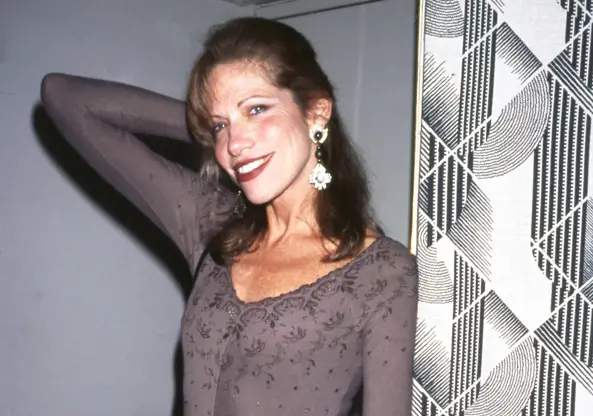
Carly Simon’s playful hit had listeners speculating for decades about which celebrity narcissist inspired her razor-sharp lyrics. Beyond the mystery of its subject (partially revealed to be Warren Beatty in 2015), the song represents Simon’s brilliant reclamation of power from someone who had hurt her deeply. Those catchy choruses masked what was actually a sophisticated psychological takedown of a former lover’s ego. Biography further shines a spotlight on just how the subject of this song is and what we know for sure and can never be certain about.
The irresistible melody disguised what was essentially a healing process for Simon after a painful relationship. Her musical confrontation transformed personal heartbreak into a universal anthem against self-centered behavior that still resonates today. Simon’s genius was crafting something so enjoyable that even the song’s target would likely sing along, proving her point about their vanity in the most delicious way possible.
4. “The Hustle” by Van McCoy (1975)
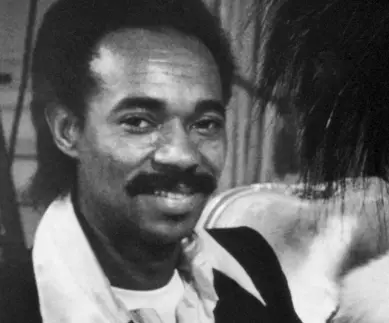
Van McCoy’s instrumental disco smash had everyone doing the line dance it popularized, seemingly a pure celebration of disco culture’s heyday. What many dancers didn’t realize was that McCoy wrote the song after visiting New York’s The Adam’s Apple club and observing the economic desperation behind some of the glamour. The hustle dance and lifestyle often masked the financial struggles of young people during the mid-70s recession.
The upbeat tempo and lack of revealing lyrics helped disguise that “hustle” had dual meaning – both the dance and what many were doing just to survive in tough economic times. McCoy, a thoughtful observer of urban culture, was documenting how people found joy and community through dance even while “hustling” to make ends meet. This chart-topper celebrated resilience as much as it did disco, though most listeners just heard the invitation to the dance floor.
5. “I Will Survive” by Gloria Gaynor (1978)
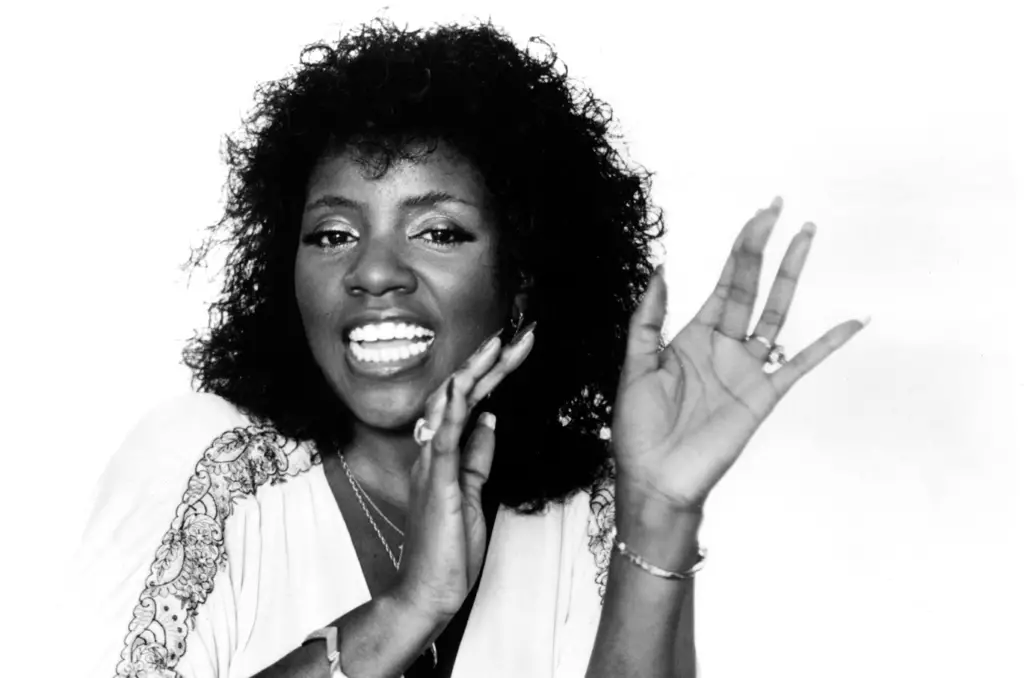
Gloria Gaynor’s empowerment anthem seemed tailor-made for dancing away post-breakup blues, but few realized she recorded it while wearing a back brace after a serious spine injury. The song’s defiant message of resilience reflected Gaynor’s personal battle against physical disability and music industry setbacks more than romantic disappointment. Her powerful vocals carried extra weight knowing she literally had to “survive” a potentially career-ending injury.
The disco queen transformed her personal struggle into a universal declaration of strength that transcended its romantic interpretation. Music executives originally relegated this future anthem to a B-side, demonstrating the very underestimation Gaynor was singing about overcoming. When Gaynor belted out “I’ve got all my life to live,” she was affirming her determination to keep performing despite doctors warning she might never walk properly again – making those triumphant lyrics all the more powerful.
6. “Afternoon Delight” by Starland Vocal Band (1976)
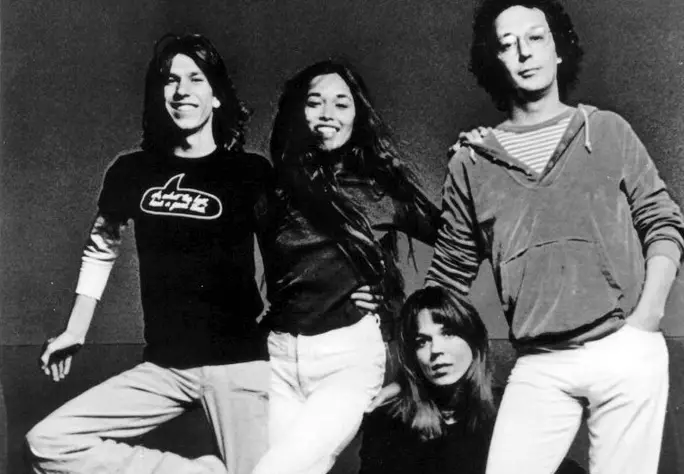
This seemingly innocent ode to midday romance with its heavenly harmonies and playful references to “skyrockets in flight” charmed its way to #1 with many families singing along. Songwriter Bill Danoff actually wrote it after seeing a menu at Clyde’s restaurant in Georgetown advertising their “Afternoon Delight” special, but repurposed the phrase to refer to daytime romantic encounters. The song’s wholesome sound brilliantly disguised its rather adult subject matter.
The Starland Vocal Band created what might be history’s most successful musical euphemism, using sky metaphors and angelic vocals to create a family-friendly sound for decidedly mature content. The group later expressed amazement that their Grammy-winning hit was played at children’s events and family gatherings despite its thinly veiled subject matter. Their sweet harmonies effectively created plausible deniability for listeners who preferred the innocent interpretation of this midday “appetite.”
7. “American Pie” by Don McLean (1971)
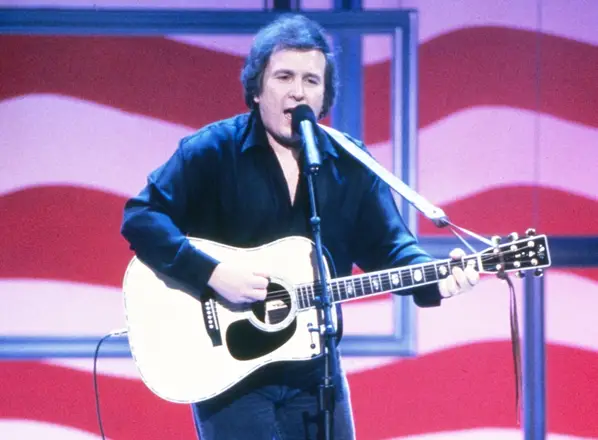
Don McLean’s epic sing-along felt like a nostalgic journey through rock history that generations have belted out without fully grasping its mournful core. The song’s true heart was McLean’s profound grief over the 1959 plane crash that killed Buddy Holly, Ritchie Valens, and J.P. Richardson (The Big Bopper) – what he termed “the day the music died.” Those upbeat choruses masked McLean’s lament for lost innocence, both in music and in American culture as the idealistic ’50s gave way to the tumultuous ’60s.
McLean’s masterpiece used allegorical references to chart how popular music changed after losing these pioneering artists, while simultaneously commenting on America’s cultural revolution. The extensive verses trace rock’s evolution from joyful roots to what McLean saw as darker, more complex forms reflecting societal upheaval. His brilliant songwriting transformed personal grief into a universally singable epic that somehow made mourning feel communal and even uplifting.
8. “Stayin’ Alive” by Bee Gees (1977)

The Bee Gees’ disco anthem with its unmistakable falsetto and driving beat became the ultimate symbol of disco’s glamorous heyday. Barry Gibb later revealed the lyrics actually depicted the struggle for survival in New York’s harsh urban environment during the economically troubled 1970s. Those strutting rhythms that defined Saturday Night Fever masked observations about poverty, desperation, and the daily fight to maintain dignity in difficult circumstances.
Lines like “Life goin’ nowhere, somebody help me” revealed the song’s true nature as a cry from the marginalized rather than a celebration of nightlife. The Gibb brothers, having experienced poverty in their early years, wrote what they called “a survival song in a big city” that became paradoxically repurposed as the ultimate dance floor motivator. This cognitive dissonance between the song’s message and its cultural usage perfectly captured the contradictions of the late ’70s disco era itself.
9. “Brown Sugar” by The Rolling Stones (1971)

The Rolling Stones’ infectious rocker with its irresistible guitar riff had fans dancing without processing its deeply problematic exploration of historical exploitation. Mick Jagger later admitted discomfort with the lyrics, which crudely reference slavery, exploitation, and inappropriate relationships across racial and power divides. The catchy melody effectively disguised what was essentially a provocative and highly insensitive treatment of serious historical trauma.
In recent years, the band has largely retired the song from their setlists, acknowledging the disconnect between its musical appeal and lyrical content. The controversy surrounding “Brown Sugar” highlights how easily powerful musicianship can overwhelm lyrical meaning, allowing deeply questionable content to become normalized through repetition. This case demonstrates perhaps the darkest example of how a joyful musical package can mask deeply troubling content.
10. “Tiny Dancer” by Elton John (1971)
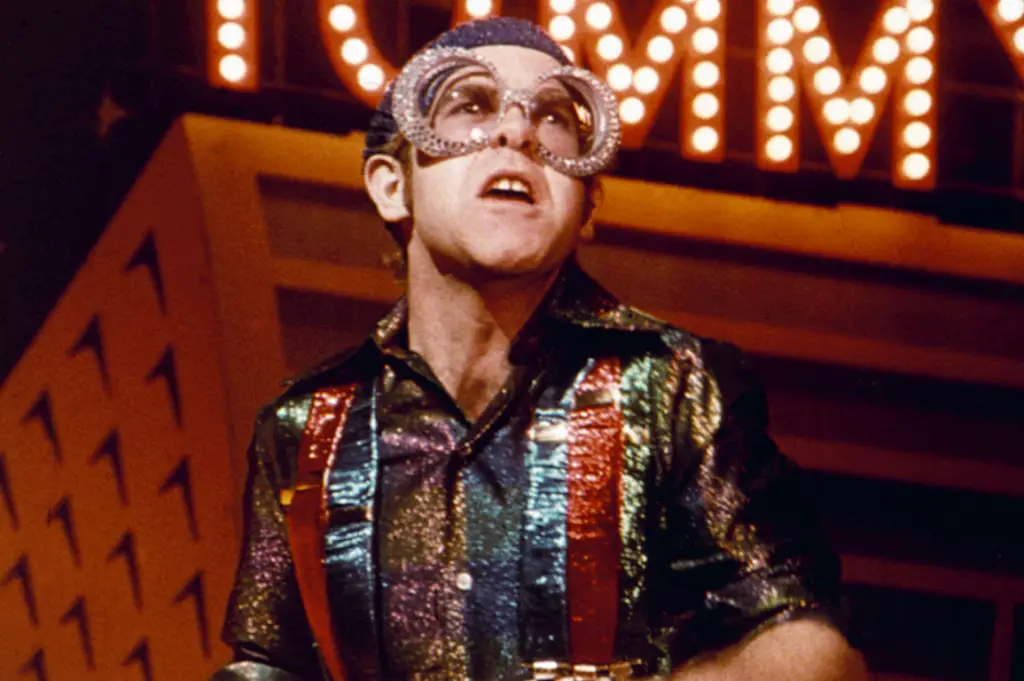
Elton John’s piano ballad evokes wistful images of California’s music scene, but many never realized it was Bernie Taupin’s tribute to his first wife, Maxine Feibelman. The “blue jean baby, L.A. lady” wasn’t a romantic interest of Elton’s but rather Taupin’s affectionate portrait of the seamstress who created outfits for Elton’s band. The seemingly romantic ballad was actually a friend’s appreciation of his bandmate’s wife, celebrating her contribution to their artistic community.
The song captures the behind-the-scenes support figures who made the magic of ’70s music possible rather than being a traditional love song. Maxine was one of many women whose contributions to rock history often went uncredited beyond this musical tribute. This misunderstood classic reminds us how the rock era’s greatest hits often documented the real people and relationships that sustained creative communities rather than fictional characters.
11. “Copacabana” by Barry Manilow (1978)

Barry Manilow’s infectious disco hit with its tropical flair had partygoers dancing to what seemed like a celebration of nightclub romance. Behind the upbeat production lay a surprisingly dark narrative about lost love, violence, and decades of grief ending in alcoholism and mental decline. Audiences often missed that “Copacabana” tells the tragic story of Lola, a showgirl whose lover Tony is killed in a fight, leaving her to spend 30 years drinking herself into oblivion at the same club where she once performed.
Manilow’s catchy choruses and vibrant production created perhaps the most successful musical misdirection of the decade. The story concludes with the once-glamorous Lola now a bitter alcoholic wearing the same feathers and sitting alone at the bar of a disco that replaced her beloved Copacabana. This juxtaposition of upbeat music with devastating narrative created a uniquely ’70s artifact – a dance floor tragedy that kept the party going while telling a story that would be unbearably sad in any other musical setting.
12. “Take It Easy” by Eagles (1972)

The Eagles’ breakthrough hit with its carefree vibe and gorgeous harmonies seemed to perfectly capture the laid-back ethos of early ’70s California. Co-writer Jackson Browne later revealed he began the song during a period of intense personal anxiety and creative pressure, essentially writing instructions to himself to relax during a difficult time. The song’s narrator, standing on a corner in Winslow, Arizona, projects confidence but is actually overwhelmed by choices and relationships, much like Browne himself was feeling.
Lines like “I’m running down the road trying to loosen my load” weren’t just casual hippie philosophy but reflected genuine emotional struggles beneath the sunny exterior. Glenn Frey helped Browne complete the song, adding the relaxed delivery that would ironically make it a massive hit that created enormous pressure for the fledgling Eagles to follow up on. This paradox – a song about taking it easy becoming a source of career pressure – exemplifies the contradictions often hidden within our favorite feel-good classics.
13. “Y.M.C.A.” by Village People (1978)

The Village People’s global phenomenon created perhaps history’s most recognized dance routine while being widely embraced as a wholesome celebration of the Young Men’s Christian Association. Producer Jacques Morali created this thinly veiled reference to the YMCA’s reputation in urban centers as gathering places for young men, particularly in the gay community. The song’s popularity at sporting events and wedding receptions demonstrates how its deeper connotations went unrecognized by much of its mainstream audience.
The group’s elaborate costumes and coded lyrics created a double meaning that allowed different audiences to hear completely different messages in the same music. The song’s genius was wrapping commentary on identity and community inside such infectious music that its multiple layers of meaning could coexist without conflict. Few musical works have achieved such universal embrace while maintaining such different interpretations across different segments of society.
As we reflect on these classics that formed the soundtrack of our formative years, perhaps their hidden depths make them even more precious to us now. These songs weren’t just catchy tunes but complex expressions of their era – capturing hopes, struggles, and contradictions beneath their radio-friendly exteriors. The next time you hear these familiar melodies, listen with fresh ears and appreciate how these artists embedded deeper truths within the joyful noise that continues to bring generations together on dance floors and at family gatherings to this day.


